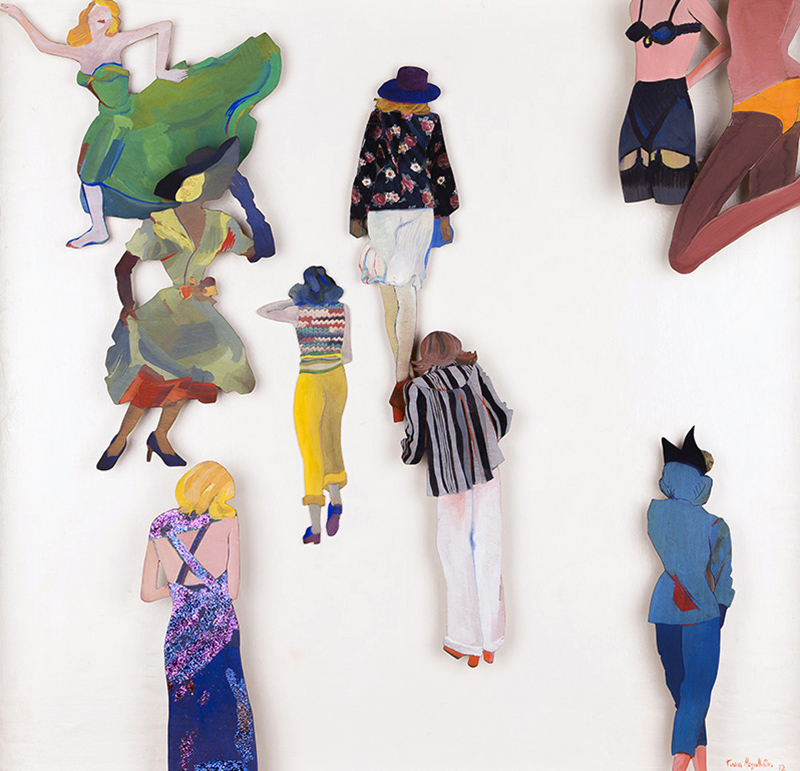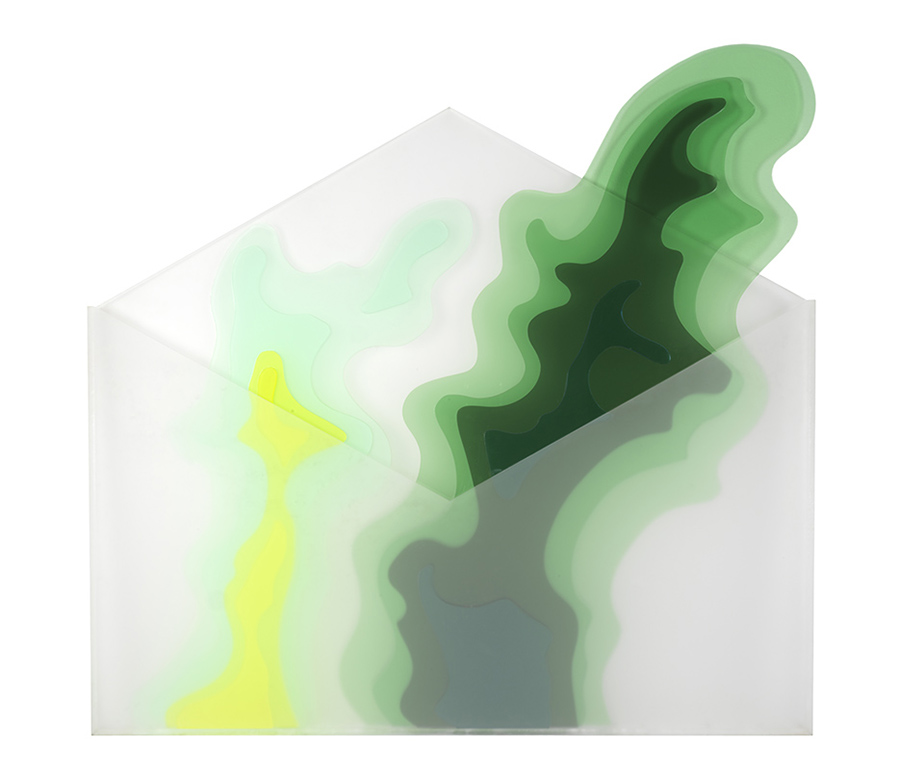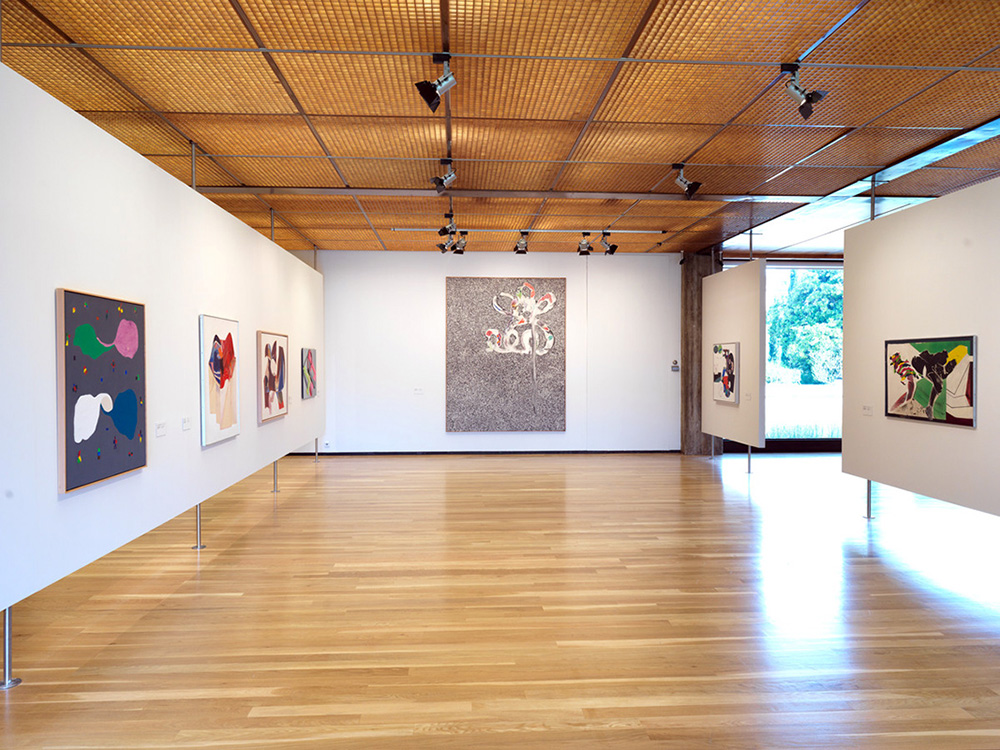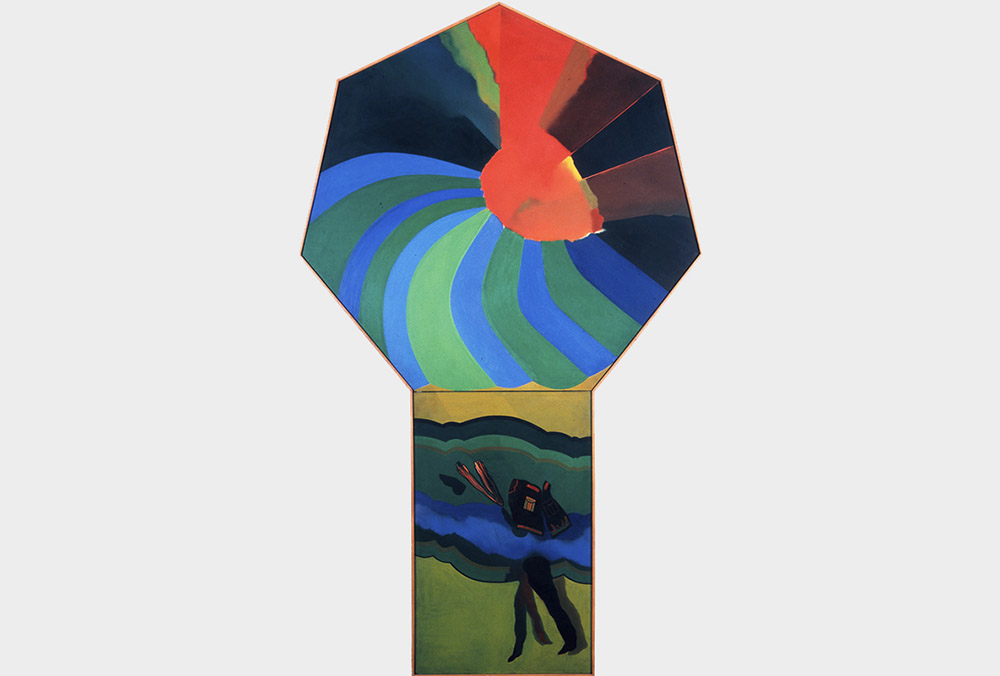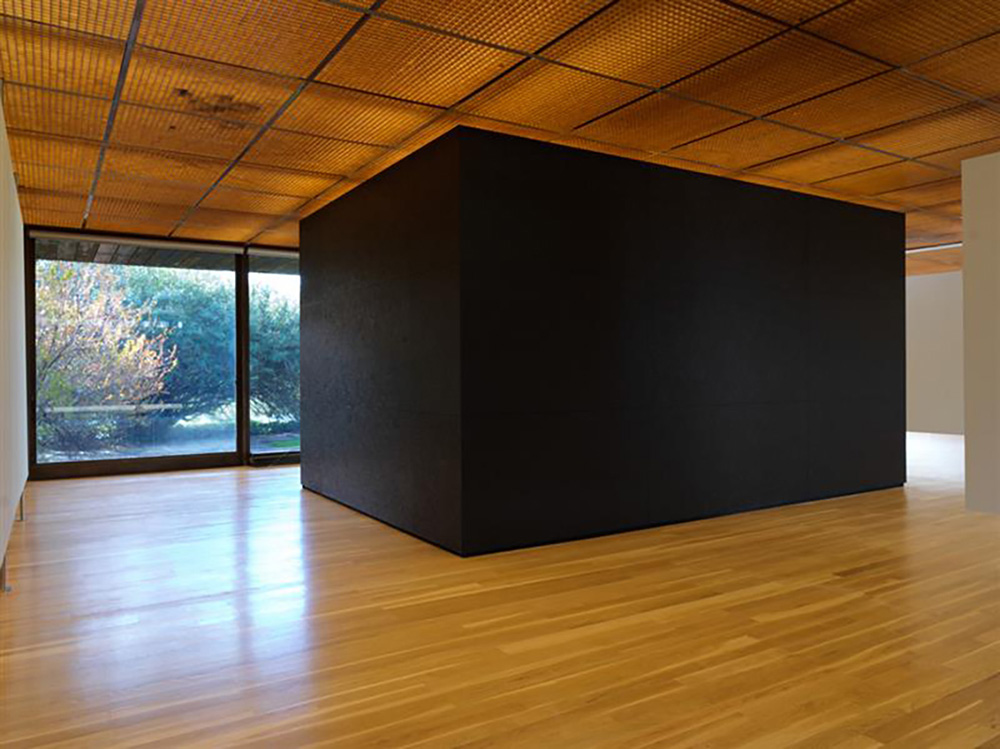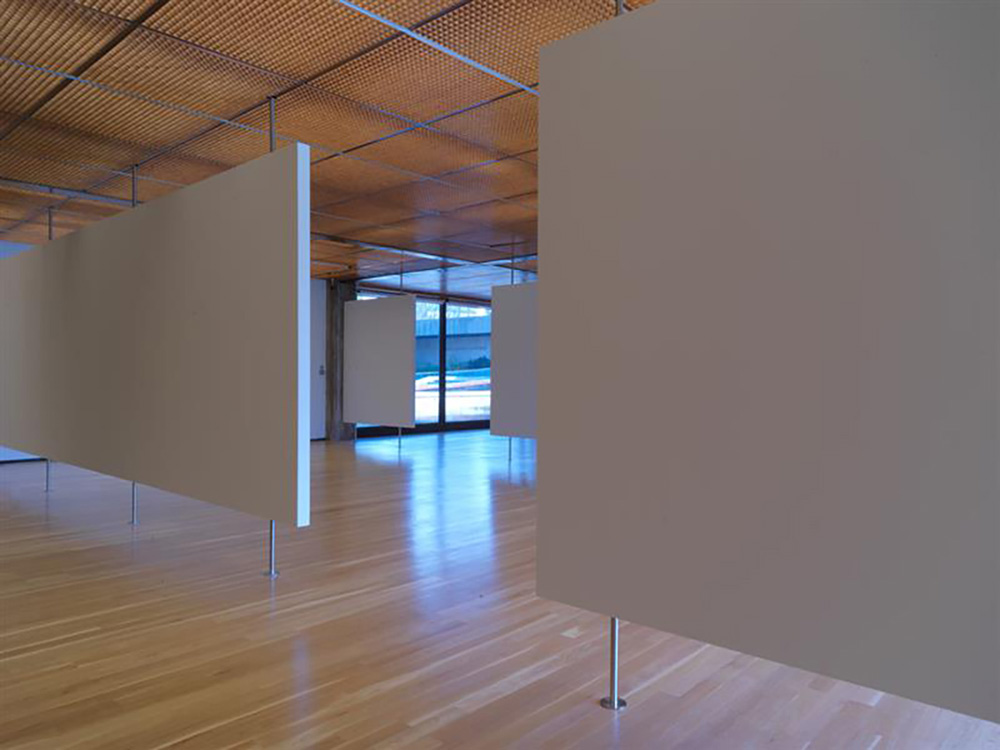ART-PRESENTATION: Post-Pop.Beyond the Commonplace, Part I
 The exhibition “Post- Pop. Beyond the Commonplace” presents more than 200 works of art mainly produced between 1965 and 1975 in Portugal and England, highlighting the crucial importance of the British artistic and cultural context for the Portuguese artists, the exhibition reveals the unity among the works of diverse artists in their divergence from the commonplace usually represented by Pop Art (Part II).
The exhibition “Post- Pop. Beyond the Commonplace” presents more than 200 works of art mainly produced between 1965 and 1975 in Portugal and England, highlighting the crucial importance of the British artistic and cultural context for the Portuguese artists, the exhibition reveals the unity among the works of diverse artists in their divergence from the commonplace usually represented by Pop Art (Part II).
By Dimitris Lempesis
Photo: Calouste Gulbenkian Museum Archive
The exhibition departs from Pop Art, as an emblematic and renowned artistic language from the middle of the 20th Century, to explore the diversions that various Portuguese and English artists took from it. On display are artworks which inherited the sense of communication of Pop and used some of its visual resources, such as collage, cut outs, repetition, ready-made, the conjugation of various techniques in a single piece of work and photography, but transcended the literalness of the images of classic Pop (of Anglo-American origin, from the end of the 1950s and the beginning of the 60s) subverting the power of the commonplace from which these images were created. There was no intended entrance and exit to the exhibition. Instead, the space was conceived around two possible entrances (from the Main Building of the Calouste Gulbenkian Foundation and from f the Calouste Gulbenkian Museum – Founder’s Collection). Similarly, the exhibition was not intended to have clearly identifiable sections, leaving it to the visitor to establish visual and thematic connections between the different exhibition areas. Colour and materials: Those entering the exhibition from the Main Building of the Calouste Gulbenkian Foundation find firstly two rooms where the color and diversity of artistic proposals are manifest. The relationship with culture and Pop Art is present in all these works in which the deviations made by the artists are apparent, whether looking at the human body, or in work about the landscape or our relationship with everyday objects, which are often reused in a creative way. Drawing, as a project and explanation of ideas, is present and underlying in many of the object-sculptures on display. Pop, yes or no?: Artists usually associated with the most famous phase of British Pop from the beginning of the 1960s, such as Allen Jones and Patrick Caulfield, always rejected the label “Pop”. In a period still very early on in his career, Allen Jones became fundamentally interested in color and in compositions which showed the superimposition of masculine and feminine attributes, considering that art resulted from the interaction of genders. The choice of cut out canvases allowed him to go beyond the traditional two-dimensionality of painting, which is represented by the octagonal canvas and which constitutes the top part of this work, with the creation of a helicoidal movement of a form suspended from it. It is the transcription of what could be a pop motif – a parachutist – in a language which resumes the simultaneous contrasts of the Delaunays’ painting, from the avant-garde of the first decades of the 20th century. After Pop: Other artists, such as, in the Portuguese sphere, Teresa Magalhães and Fátima Vaz, on a formal and technical level, explore the paths opened up by Pop, but do it by way of personal discovery, far from the teaching, at the time very retrograde and monitored by censorship, of the Lisbon School of Fine Arts, which they attended in the second half of the 1960s (Fátima Vaz started in 1964 and Teresa Magalhães in 1965). Who is afraid of ornamentation? And of abstraction?: Professor and director between 1988 and 2000 of the famous London art school, Slade School of Fine Arts, Bernard Cohen was simply not interested in Pop, in the period of English and American classic Pop Art, or as he likes to say, of Popular Art, too conformist and directed. For Cohen, that ‘popular art’ had interrupted a much more creative artistic flow which was happening in abstract painting at the end of the 1950s. Cohen criticised the romantic, academic and commercial vision of the Pop artists, who he considered to be subjugated to the interests and guidance of the media. The construction of a space: the black boxes: Without defined sections in visual progression and in the relationships that can be established between the works on display, the exhibition presents three spaces which were intended as more secret and experimental places, which in practice function like journeys back in time to some aspects of the chosen decade: 1965-75. These three ‘black boxes’ originated from the idea of conspiracy in secret gatherings and meetings which took place throughout the country during the Estado Novo and refer to issues which occurred in Portugal. In this way, the exhibition contrasts the idea of a closed space, of limited access, expressing an urban culture where art relates to different means of expression – such as music, literature, television, cinema, photography, print media, etc., with a spacious museography, of suspended, clear walls, which opens the exhibition space onto the garden, thus creating a greater fluidity between the works, guaranteeing a visual continuity between the different areas.
Info: Curators: Ana Vasconcelos and Patrícia Rosas, Calouste Gulbenkian Museum, Av. de Berna, 45A, Lisbon, Duration: 20/4-10/9/18, Days & Hours: Mon & Wed-Sun 10:00-18:00, https://gulbenkian.pt


